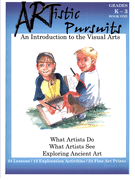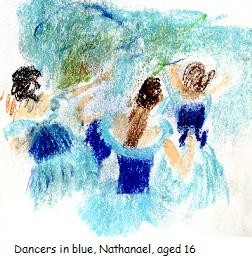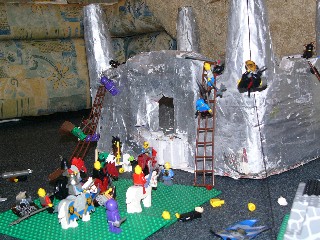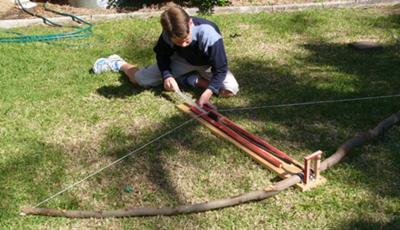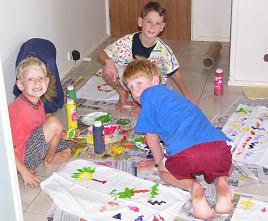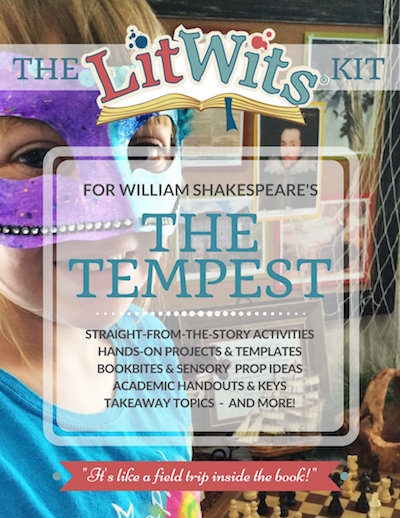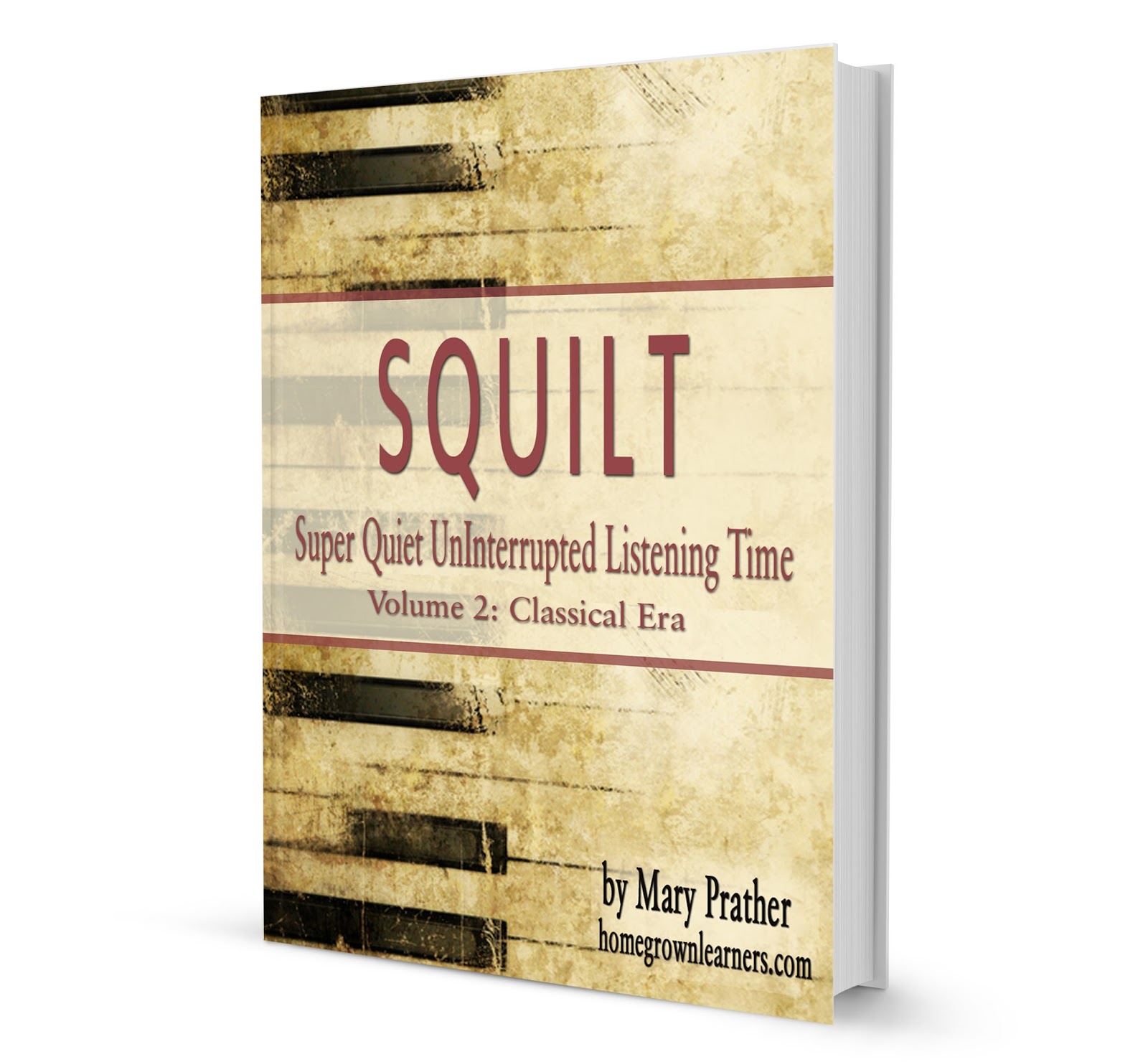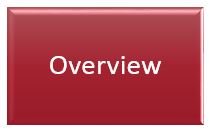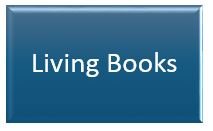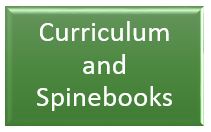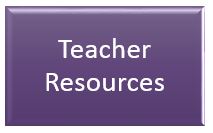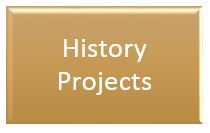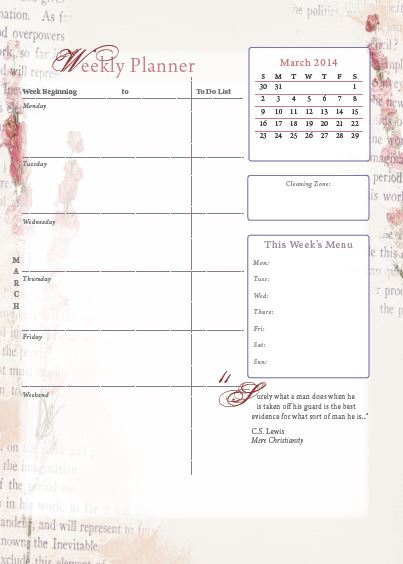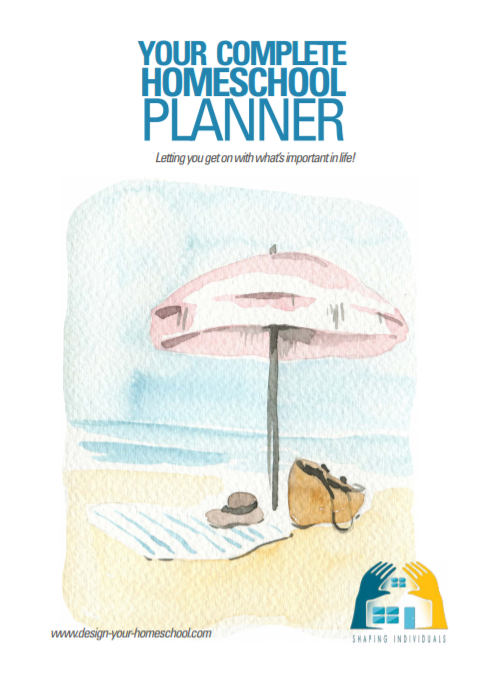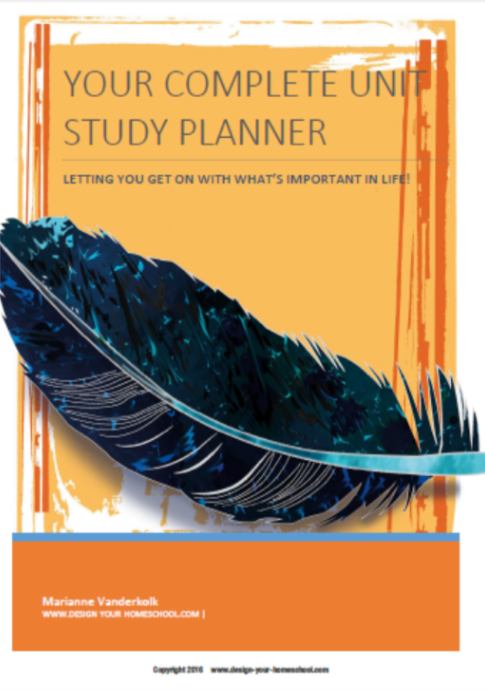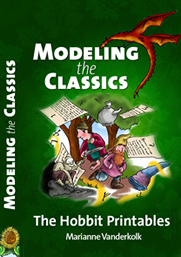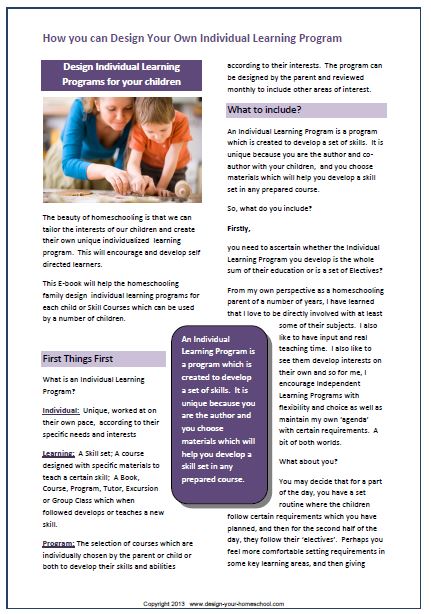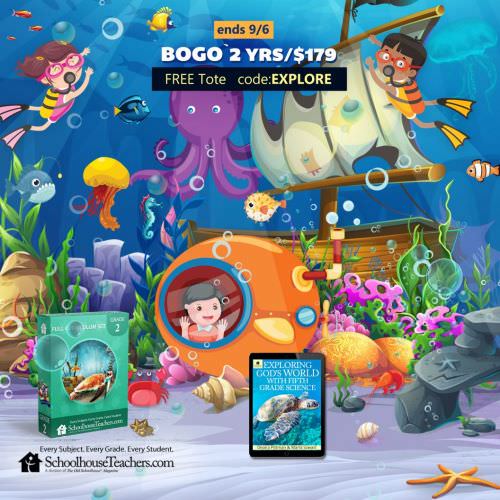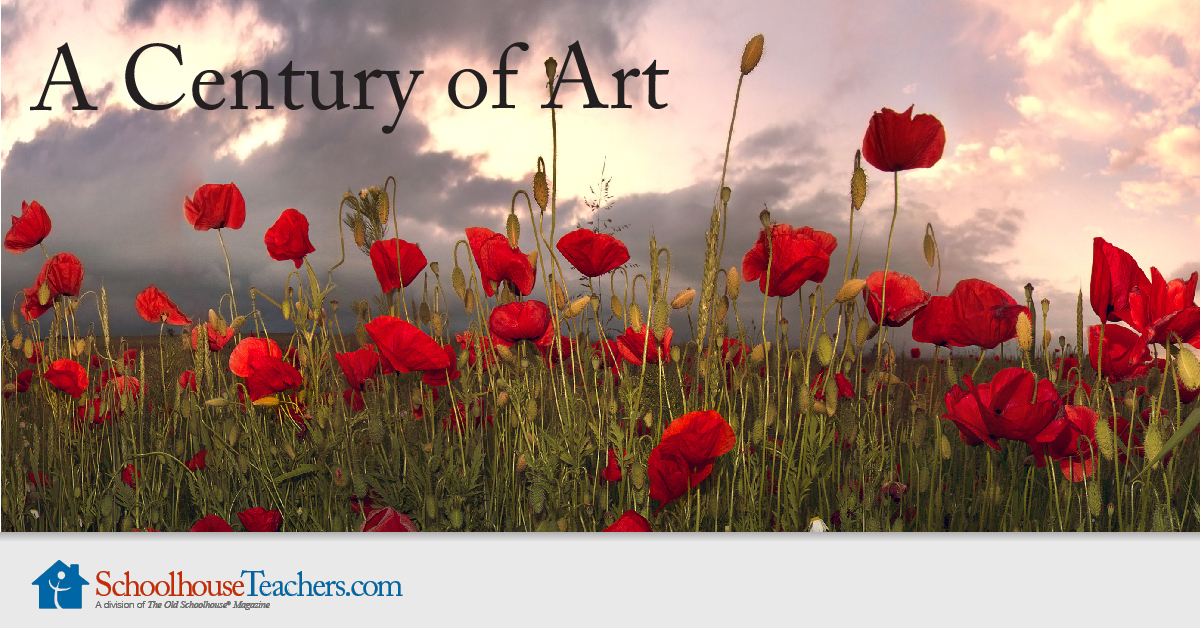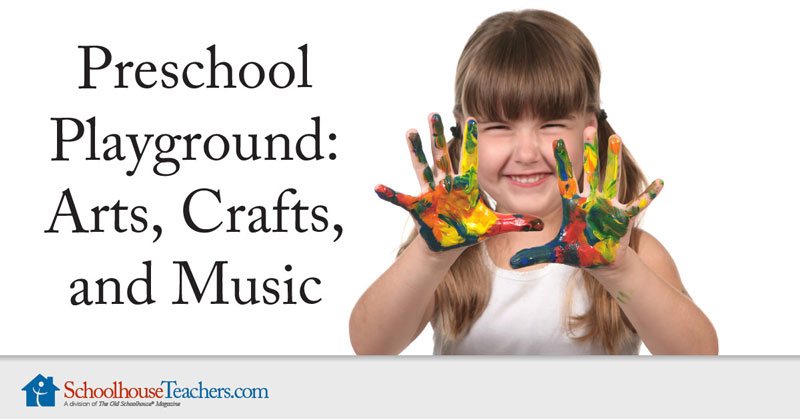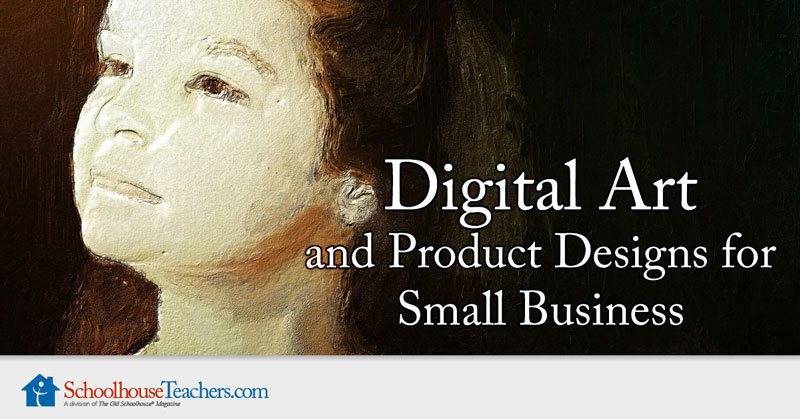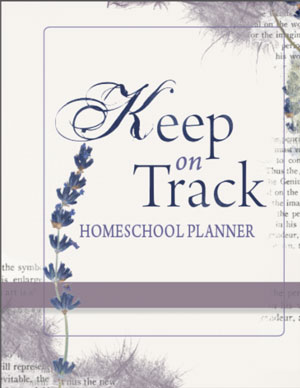Renaissance Activities and History Project Ideas!
Adding Reformation and Renaissance activities to your homeschool history curriulum is the most exciting way to make history come alive! This time period is incredibly rich, filled with art, music, inventions, reformers and scientists and there are numerous ways to incorporate history project ideas into your study.
Renaissance Activities : Study the Artists
When studying the Renaissance, you will want to study the artists - and a part of that is to use their artwork as a basis to begin your own artwork. I have used Artistic Pursuits which helps you to model art work using the same technique of the artists.
Other curriculum that also helps you to use these art techniques as a base for history project ideas is Meet the Masters. This curriculum brings Renaissance activities to life as each art creation explores the life of the artist and their own technique.
How to study and copy the work of the Renaissance artists
Copying the Artists - is really the very best way to understand the Renaissance artists. As we engaged with this time period looking for Renaissance activities to inspire and really help us to understand the artists - we headed out to the library, collected books from the Renaissance Artists and then used the artwork as a source for inspiration.
We would collect art materials that suit the style of the artists (pastels, oils, water colour) and had fun as we re-created the art work with paper, cellophane and other materials.
When studying Degas, we used pastels, and tried to imitate the colours and movement of Degas and his dancers.
Renaissance activities involving sculptures and model making
Creating models is another wonderful idea to replicate some of the sculptures of the Renaissance.
You can make models using clay, foil, paper mache, boxes, wire, Plaster of Paris and so much more.
We enjoyed making models of dancers from wire and aluminium foil and as you can see above, a castle from paper mache.
We also used plaster and painted on it while it was still in the drying process to make our own frescoes.
Making your own frescoes - Renaissance art project
We also used plaster and painted on it while it was still in the drying process to make our own frescoes.
- First, you need to mix a batch of plaster. You can use Plaster of Paris to do this. Quickly pour into an aluminum pan or into a container which you can remove the plaster once set. Smooth the surface.
- When the plaster is almost dry, but still damp, paint onto the plaster with water colors, poster paints, or tempera paints.
- As the plaster dries, the pigments from the paint set into it.
History Project Ideas: Renaissance Inventions
Leonardo's Inventions
When studying the Renaissance and viewing the incredible inventions at this time, it makes so much sense to try to make your own. Here is Joel using his own homemade cross-bow modelled on what Leonardo had created.
Using videos is a great way to understand certain mechanics and how inventions were built at the time.
What I love about these models is that they are real hands on project ideas which help the student understand a working model and realize just how clever Leonardo da vinci was.
Leonardo Design Challenges - Museum of Science
Here are some great Leonardo design challenges from Museum of Science.
Another project idea from the Museum of Science is to construct and use a replica of Leonardo's drawing machine to create a drawing with natural and correct perspective. Read more about Leonardo's Open Window Activity.
I really like these Leonardo Art Projects for Kids - from happyhomeschoolnest. Here you will enjoy fun activities to learn about Leonardo - including making your own egg tempera.
Print Making - history project ideas about the Gutenberg Press
While studying the amazing printing press, we used simple idea of printing onto pillow cases. We used potatoes and cut out shapes, then dipped them into paint and printed them in different patterns onto our pillow cases.
Of course, you can print anything and you can print using a range of items - shapes, blocks of wood, letters, shoes, hand prints, string..
Renaissance Activities: Scientists
At this time, you could also create a model of the planets - according to Copernicus and Ptolemy. Ptolemy, an Egyptian who lived nearly 1000 years before Copernicus, created a model of the universe with the Earth at the center. Later, Copernicus, studied Ptolemy's model and other theories and then created his model of the universe which placed the sun near the center.
History Project Ideas: Architecture of Renaissance
We investigated the early Renaissance artists, drew sketches of their original work and added narrations into our history books. Here is Giotto and "The Flight to Egypt" and the story of Filippo Brunelleschi and the wonderful dome of Florence.
What a wonderful experience it is to read and write about it - but then also to visit it, which is what my eldest son was able to do a few years ago - and we could do it in 2018!
Check out the way that the Brilliant Brunellschi created this amazing dome! (Despite the title of this video - Brunellschi is not an amateur!)
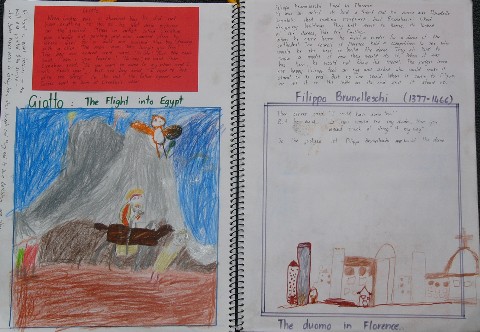 Reformation History Book
Reformation History Book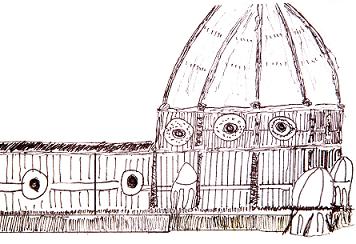 Brunellschi Dome
Brunellschi DomeRenaissance Authors - Enjoying Shakespeare
One of the authors of the 1600's is Shakespeare and if you not only want to read Shakespeare, but also 'experience' the time period and the play - you will just love what LitWits have done. You can read more about LitWits Kits on my site as I discuss teaching Literature. They have a Kit for "The Tempest" by William Shakespeare.
Each of their kits include:
- sensory prop suggestions, with photos
- creative project and activity ideas, with photos
- printable templates, excerpts, and activity prompts
- takeaway topics, to fuel meaningful conversations
- printable handouts for creative writing, the narrative arc, setting, and more
- research and audiovisual links, for one-stop prep and homework help
- great quotes from the book, where copyright allows
Music Appreciation of Classical Composers
In order to develop the love of music as well as appreciation of the Classical composers, you would love the SQUILT: short for Super Quiet UnInterrupted Listening Time. It is perfect for preschoolers, elementary students, and young middle school students.
Each DIGITAL volume contains 10 lessons, including printables, links, and everything you will need to guide your students through their SQUILT activities. Adding this resource and incorporating musical renaissance activities is another way to create a well rounded understanding of this time period.
Themes to Remember - Classical Music
Renaissance activities can involve music and singing! To help us remember the classical musicians and their works, we have enjoyed using "Themes to Remember" -Once you've used this there is no way you will ever forget "Spring" by Vivaldi.
The authors have used classical music and then created words to help you remember. It certainly has been helpful to our family.
Notebooking Ideas for Renaissance and Reformation
For those who enjoy making notebooks or lapbooks as a part of a history project idea - you will love the notebooking pages collection below. Using these is an easy way for your children to create a memory by recording what thy have learned on an appropriate notebook page. You can add this to a poster or incorporate it into a lapbook.
This selection includes explorers, famous composers, and Book of the Century timeline pages. It is an ideal way to combine the love of reading exciting living books with writing narrations about the characters and historical events.
